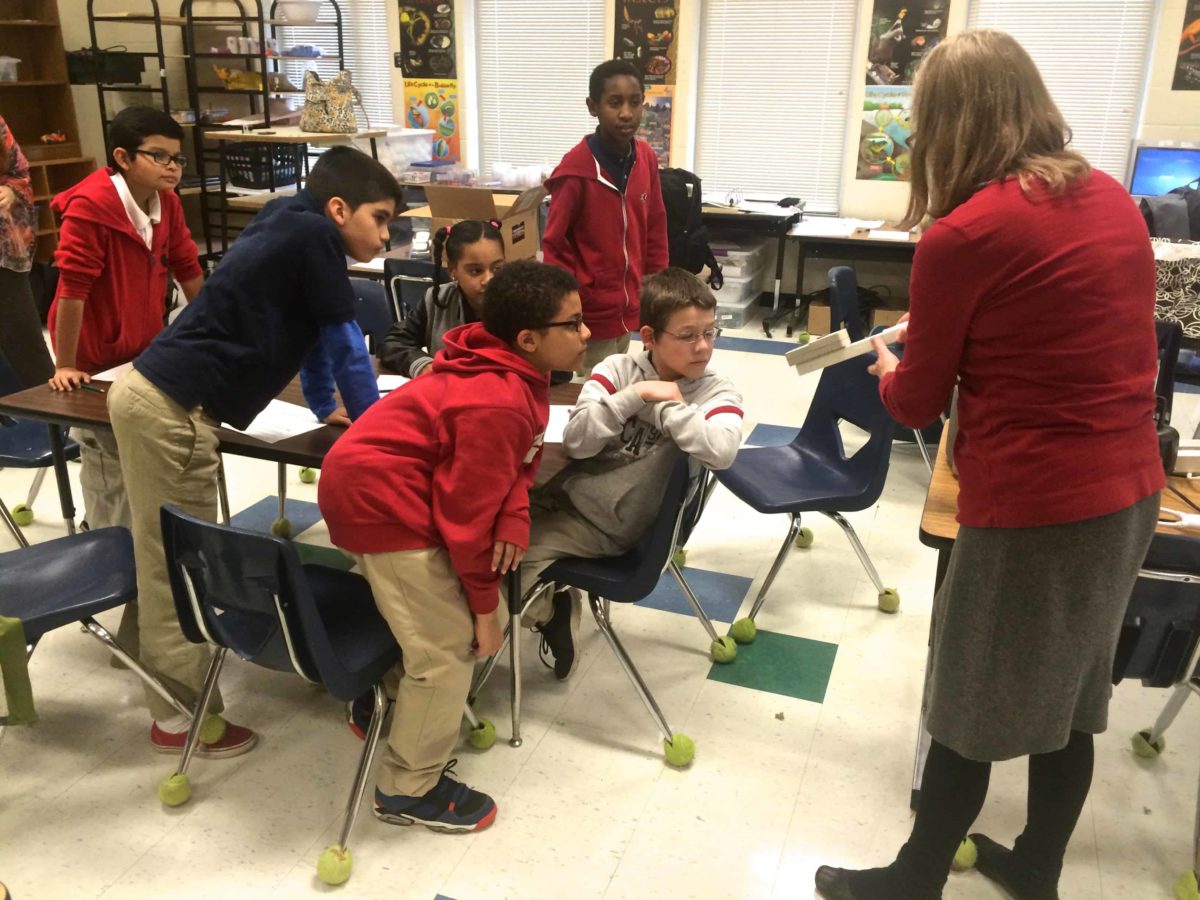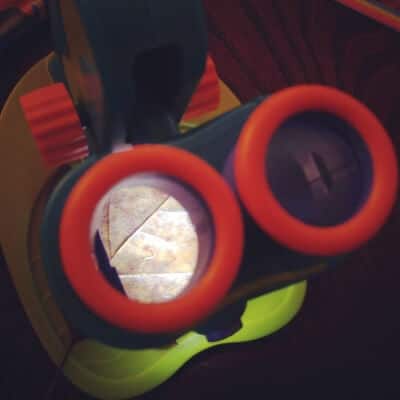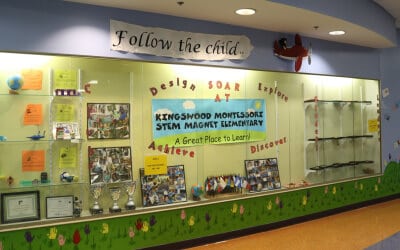

I always loved math and science when I was in school. Solving problems and discovering how things work always got me excited — and it still does. So when I visit classrooms and see all the cool STEM activities and lessons, it makes me wish I was a kid again. I wish there were robots in my classroom in elementary school. I wish there was 3D modeling in my middle school. I wish there was wearable tech in my high school. I get excited thinking about what kinds of amazing technology these kids will wish they had in school when they have kids of their own. But let’s get back to the present. Or at least the near future.
2015 was my first year exploring North Carolina’s classrooms and learning about the state of STEM education. I learned a heck of a lot in such a short time, but what struck me the most is how quickly it changed. STEM has become a bigger topic of conversation both in and out of schools. And it’s making a place for itself as people are growing more comfortable with science, technology, engineering, and mathematics. In reflecting on what I saw in 2015, I can’t wait to see what’s going to happen this year.
Here are my predictions for what we’re going to be seeing more of in 2016, in regards to STEM:
1. More STEM outside school
Last month, as shoppers were making their lists and checking them twice, many experts were also making lists: lists of toy and gift recommendations. Many of these were focused around STEM, like “My Favorite Holiday Gifts” by Melinda Gates and Time’s “The Best STEM Toys for Kids This Holiday Season.” Retail giants capitalized on the attention STEM has been receiving to make more sales. Barnes & Noble had a huge display of technology toys like Arduinos and Makey Makey kits. Amazon promoted their list of STEM toys with recommendations by age range.


This focus on bringing STEM into the play space of home over the holidays sets the tone for the new year. I believe we will see more of a focus on STEM in life outside the classroom: more STEM toys and games, more STEM extra-curriculars, more STEM mentor partnerships, and more STEM camps.
2. More new technologies in classrooms
Speaking of STEM toys and games, 2015 was a big year for innovative technology like wearables, virtual reality (VR), and augmented reality (AR). As these technologies become more common and affordable, I predict they will begin to make their way into more and more classrooms.
Just last month, the internet was abuzz with talk about Netflix Socks, which pause your show when you fall asleep. Netflix released DIY instructions, complete with knitting patterns and programming instructions. Not all wearable tech devices are homemade — like smart watches and Google Glass — but as the technology gets more affordable and the DIY movement continues, I predict we will be seeing more wearables in classrooms. Besides, what better way to learn about how the technology works than by building it yourself?
Virtual reality opens doors for students to explore the entire world without physically leaving their classroom. Google is on a mission to make virtual reality available to anyone with a smartphone. Their platform, Google Cardboard, is literally made of cardboard. It’s simply a piece of folded cardboard that holds a couple of lenses and a smartphone. When assembled and held up to the eyes, a whole VR world is in the user’s hands. I encourage teachers to look into Expeditions, a VR field trip program Google is bringing to schools around the world. Let’s get them to come to North Carolina!
Augmented reality has already been a big hit in many classrooms, and I suspect it will continue to grow. Apps like Star Chart and Anatomy 4D allow students to use technology to visually and spacially explore places that previously needed special labs or equipment — like space and the human body. Aurasma and Layar are apps that allow users to create their own AR experiences. Teachers and students have been using it for years to make classrooms interactive in entirely new ways.
3. More PBL and mainstreamed Engineering Design Process
Project based learning — or PBL — is an important buzzword. PBL is an instructional method where students engage in longer-term projects in order to gain knowledge and skills while trying to solve a challenge. The challenges are based around real world issues and the students are encouraged to be curious, make decisions, and self-evaluate. This method encourages children’s innate curiosity and teaches them to work with others, preparing them for the thinking and collaboration skills that are needed in the professional workplace.
The Engineering Design Process is a way of thinking about a process or a system. It has been adopted by many STEM educators as a way of guiding students through projects. The process is circular and iterative, so one can start anywhere in the process, but many start with “Ask.” The basic steps are as follows: Ask, Imagine, Plan, Create, Improve. This process fits naturally with PBL, and I suspect we will be seeing more of both of these in classrooms in 2016.
4. More interdisciplinary approach
As STEM becomes a bigger part of daily life, it starts to permeate other disciplines. Literature may include references to scientific achievements. History begins to cover technological advances. Art and music illustrate mathematical principles. One of the benefits of PBL is that it allows for interdisciplinary learning. With less of a siloed approach to subjects, students can see the practical applications of many topics. I predict we will be hearing more about STEM’s integration into other areas of learning in 2016.
5. More focus on Strategies That Engage Minds
The goal of STEM education is to provide students with the skills to succeed and excel in the 21st century world. There are many who worry that the current scope of science, technology, engineering, and mathematics is limited and ignores the importance of arts and humanities. As STEM morphs into STEAM and STREAM, it reminds us of the importance of a well-rounded education. The SMT Center’s phrase — “Strategies That Engage Minds” — as a definition of STEM moves us toward a more comprehensive description of what STEM education means:
“The common assumption for the acronym STEM is for the disciplines of science, technology, engineering, and mathematics. While these are critical fields of endeavor, we know that everyone will not become a scientist, a mathematician, an engineer, or a computer programmer. What we can do is provide students with a method of thinking to enable them to problem solve, creatively explore options, and to engage innovatively…. By enabling Strategies that Engage Minds we teach our students to be independent not dependent learners; to be thoughtful not thoughtless; and perhaps, most importantly, to know what to do when they don’t know what to do.”
I believe the focus on what STEM means is going to continue to broaden. Maybe eventually it will cease being an acronym and just be a word in its own right, like scuba or radar. Stem.
What do you think will happen in regards to STEM in 2016? Is there something you hope to see? Let me know in the comments!


